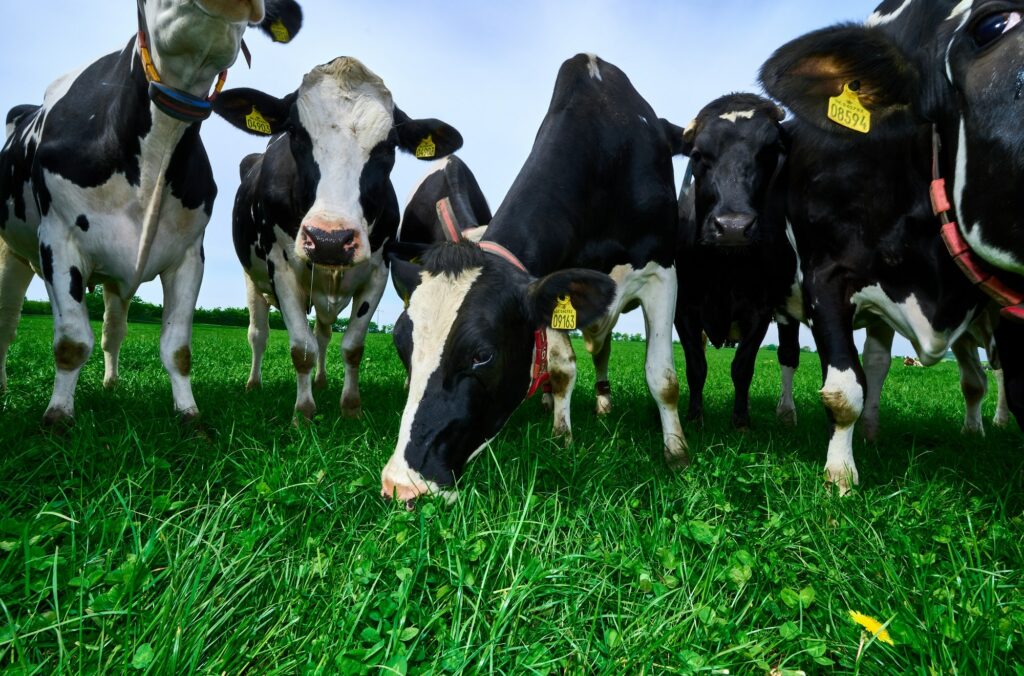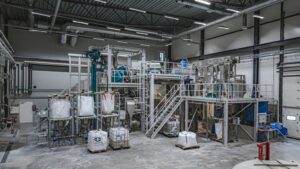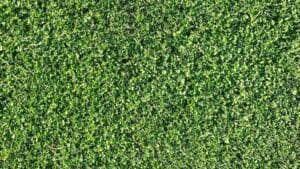How can farmers deal with increasing expenses on forage protein, energy and fertilizers? A very large part of the nitrogen fertilizer, that European farmers need, is produced with energy based on gas. We have all heard of extremely high energy-prizes for almost a year and of shutdown of N-fertilizer production plants as a consequence. The impact on the fertilizer prizing has been immense. The prize of one kilo of nitrogen exceeds two euros which is more than double up compared with last season. On top of this China and Russia have introduced export bans on fertilizers to protect their own farmers.
This is a good incitement to consider to be more self-sufficient with protein and to grow your own fertilizer using N-fixing legumes. Studies have shown that you are able to harvest up to 3-ton protein/ha from clover-grass, even with less nitrogen application than 100 kg N/ha.
High protein and low-cost forage from clover and grass
Economically, clover grass and alfalfa have become more attractive in comparison with maize, which has become relatively more expensive as a forage following the steep increases in protein prices. It is no longer enough to look at which forage is cheapest to produce. You also have to look at the value- and the content of protein if you want to optimize the bottom line.
A Danish study, that compared maize, clover-grass and alfalfa, shows that there is 700 kg more protein in clover-grass per hectare compared to maize and 1,400 kg more protein in alfalfa compared to maize. The extra protein corresponds to an added value of 500 euros per hectares in clover-grass, and 960 euros per hectares in alfalfa compared to maize at current prices. With an optimized cutting strategy, the research group was able to achieve similar energy concentration in clover-grass as in maize, but the clover-grass contributed with a significantly higher protein content. It is still more expensive to produce energy and protein in clover-grass compared with maize, but in alfalfa the price difference per feed unit is minor at the current protein prices. In addition, there are environmental and climate benefits in producing protein yourself.
Farmers should make their own calculations on what pays best and when calculating the protein content, they need to keep an eye on the clover/grass proportion in the sward. This is optimized by correct establishment, a fertilizer strategy that is adapted to the clover proportion, and an optimal silage cutting strategy.
Finally, it is also a fact that clover grass and alfalfa have a great pre-crop value and make 120 kg nitrogen available for the subsequent crop.
Grass-clover mixtures come in several different blends depending on region and usage. In regions with costal climates, the major component is perennial ryegrass (85 per cent) in combination with white clover (15 per cent). In areas with continental climate, clover-grass mixtures often include forage fescues and festuloliums in combination with red clover.









